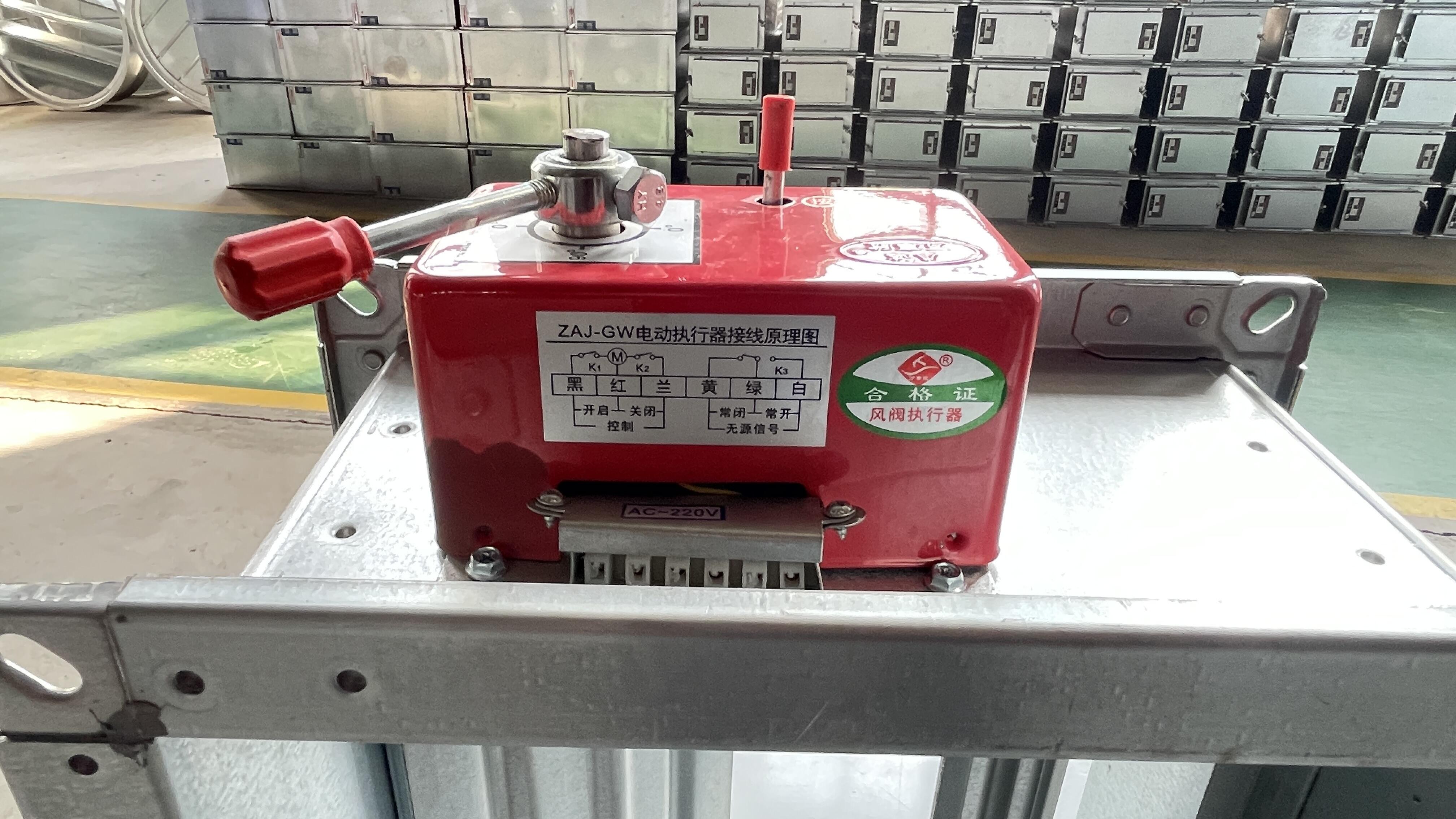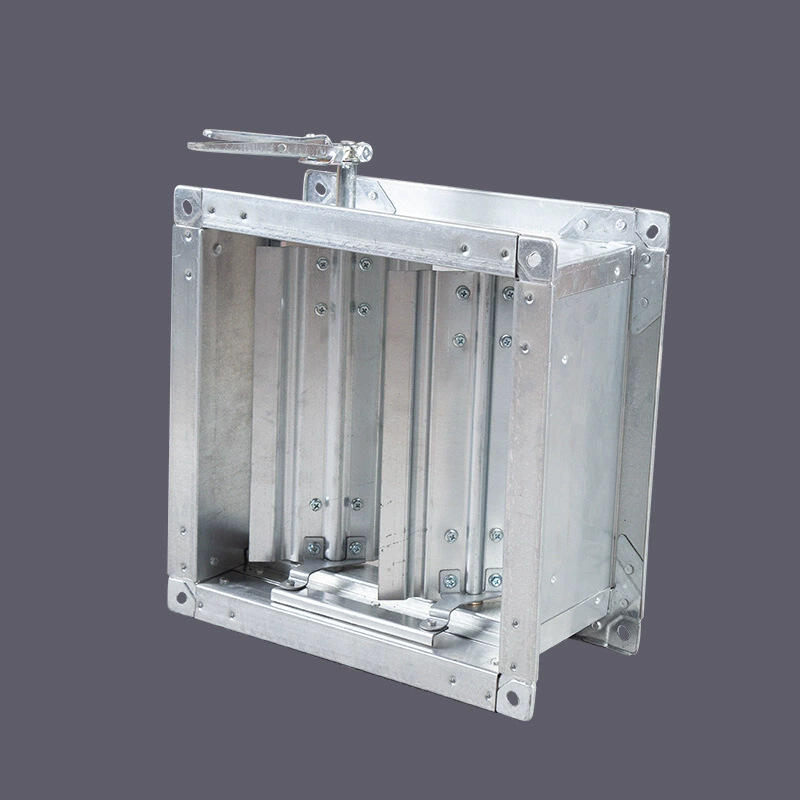
bsb fire dampers are essential devices in fire protection strategies, designed to restrict the movement of fire and smoke through ventilation ducts. These dampers are constructed to activate promptly when fire is detected, closing off the duct to prevent further spread. bsb fire dampers are made from durable materials that can withstand high temperatures, ensuring their reliability in emergency situations. They are tested to meet strict safety standards, guaranteeing that bsb fire dampers perform as required when exposed to fire. The design of bsb fire dampers allows for easy integration into new and existing ductwork systems, making them a versatile choice for various building types. bsb fire dampers are low-maintenance, with components that are built to last, reducing the need for frequent replacements. Their efficient operation ensures minimal air resistance during normal ventilation, while their rapid closure in fire conditions provides critical protection. Installing bsb fire dampers is a proactive measure to enhance building safety, as they play a vital role in containing fire and protecting lives and property.
